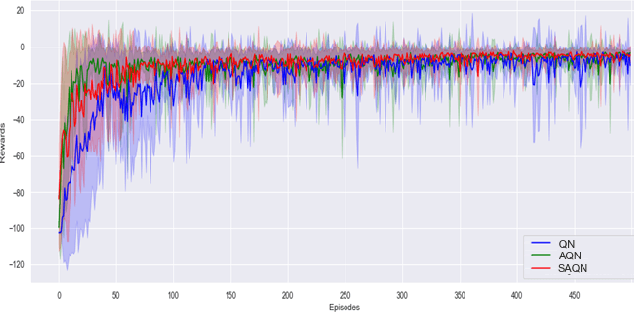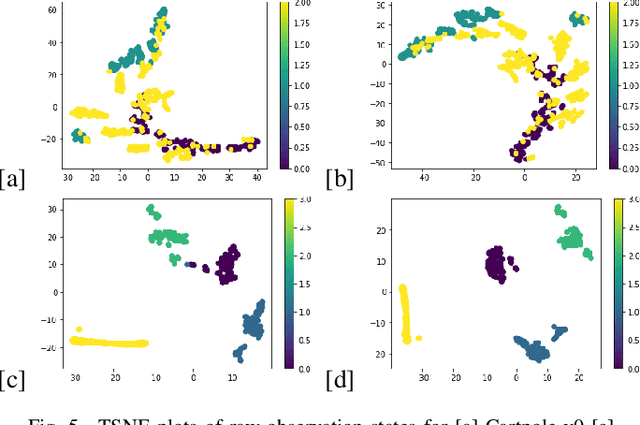Zhen Wei Ng
Unleashing the Power of Unlabeled Data: A Self-supervised Learning Framework for Cyber Attack Detection in Smart Grids
May 22, 2024



Abstract:Modern power grids are undergoing significant changes driven by information and communication technologies (ICTs), and evolving into smart grids with higher efficiency and lower operation cost. Using ICTs, however, comes with an inevitable side effect that makes the power system more vulnerable to cyber attacks. In this paper, we propose a self-supervised learning-based framework to detect and identify various types of cyber attacks. Different from existing approaches, the proposed framework does not rely on large amounts of well-curated labeled data but makes use of the massive unlabeled data in the wild which are easily accessible. Specifically, the proposed framework adopts the BERT model from the natural language processing domain and learns generalizable and effective representations from the unlabeled sensing data, which capture the distinctive patterns of different attacks. Using the learned representations, together with a very small amount of labeled data, we can train a task-specific classifier to detect various types of cyber attacks. Meanwhile, real-world training datasets are usually imbalanced, i.e., there are only a limited number of data samples containing attacks. In order to cope with such data imbalance, we propose a new loss function, separate mean error (SME), which pays equal attention to the large and small categories to better train the model. Experiment results in a 5-area power grid system with 37 buses demonstrate the superior performance of our framework over existing approaches, especially when a very limited portion of labeled data are available, e.g., as low as 0.002\%. We believe such a framework can be easily adopted to detect a variety of cyber attacks in other power grid scenarios.
Self-evolving Autoencoder Embedded Q-Network
Feb 18, 2024



Abstract:In the realm of sequential decision-making tasks, the exploration capability of a reinforcement learning (RL) agent is paramount for achieving high rewards through interactions with the environment. To enhance this crucial ability, we propose SAQN, a novel approach wherein a self-evolving autoencoder (SA) is embedded with a Q-Network (QN). In SAQN, the self-evolving autoencoder architecture adapts and evolves as the agent explores the environment. This evolution enables the autoencoder to capture a diverse range of raw observations and represent them effectively in its latent space. By leveraging the disentangled states extracted from the encoder generated latent space, the QN is trained to determine optimal actions that improve rewards. During the evolution of the autoencoder architecture, a bias-variance regulatory strategy is employed to elicit the optimal response from the RL agent. This strategy involves two key components: (i) fostering the growth of nodes to retain previously acquired knowledge, ensuring a rich representation of the environment, and (ii) pruning the least contributing nodes to maintain a more manageable and tractable latent space. Extensive experimental evaluations conducted on three distinct benchmark environments and a real-world molecular environment demonstrate that the proposed SAQN significantly outperforms state-of-the-art counterparts. The results highlight the effectiveness of the self-evolving autoencoder and its collaboration with the Q-Network in tackling sequential decision-making tasks.
 Add to Chrome
Add to Chrome Add to Firefox
Add to Firefox Add to Edge
Add to Edge